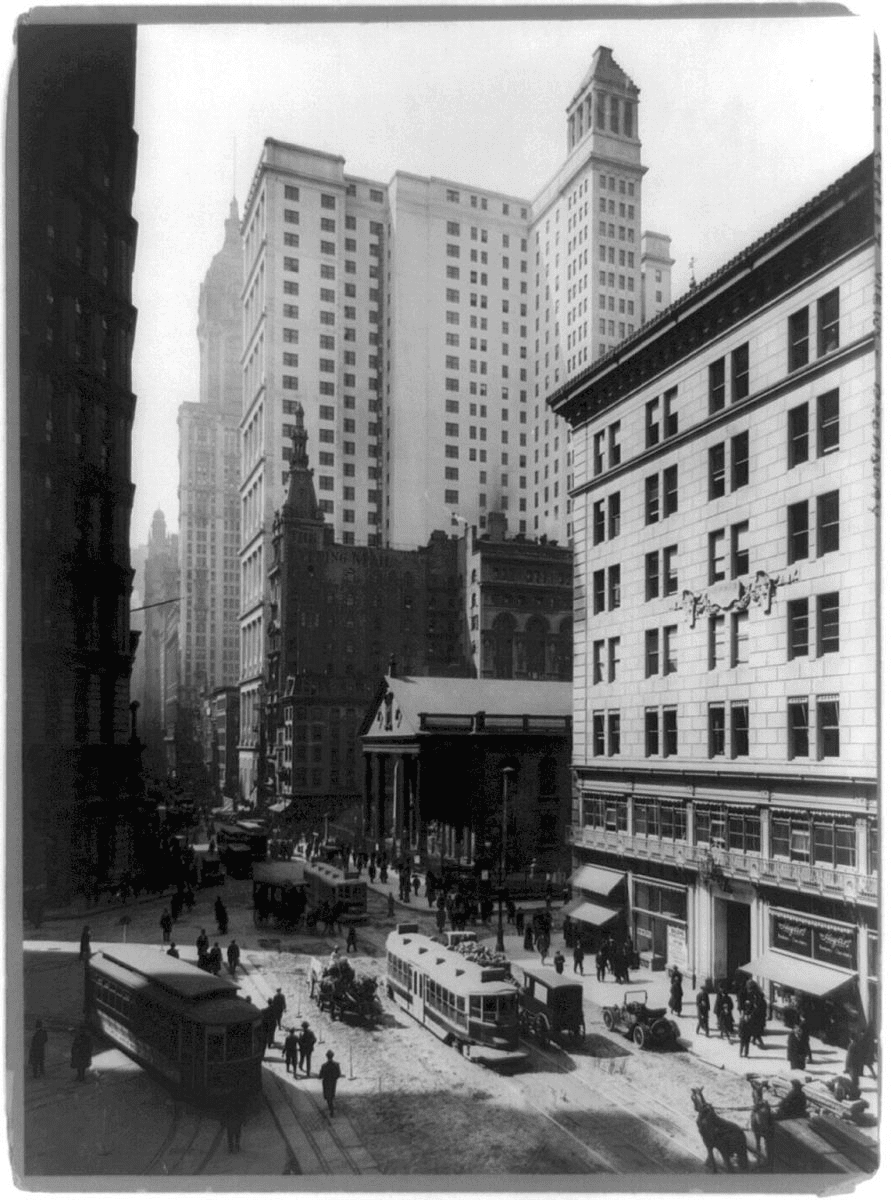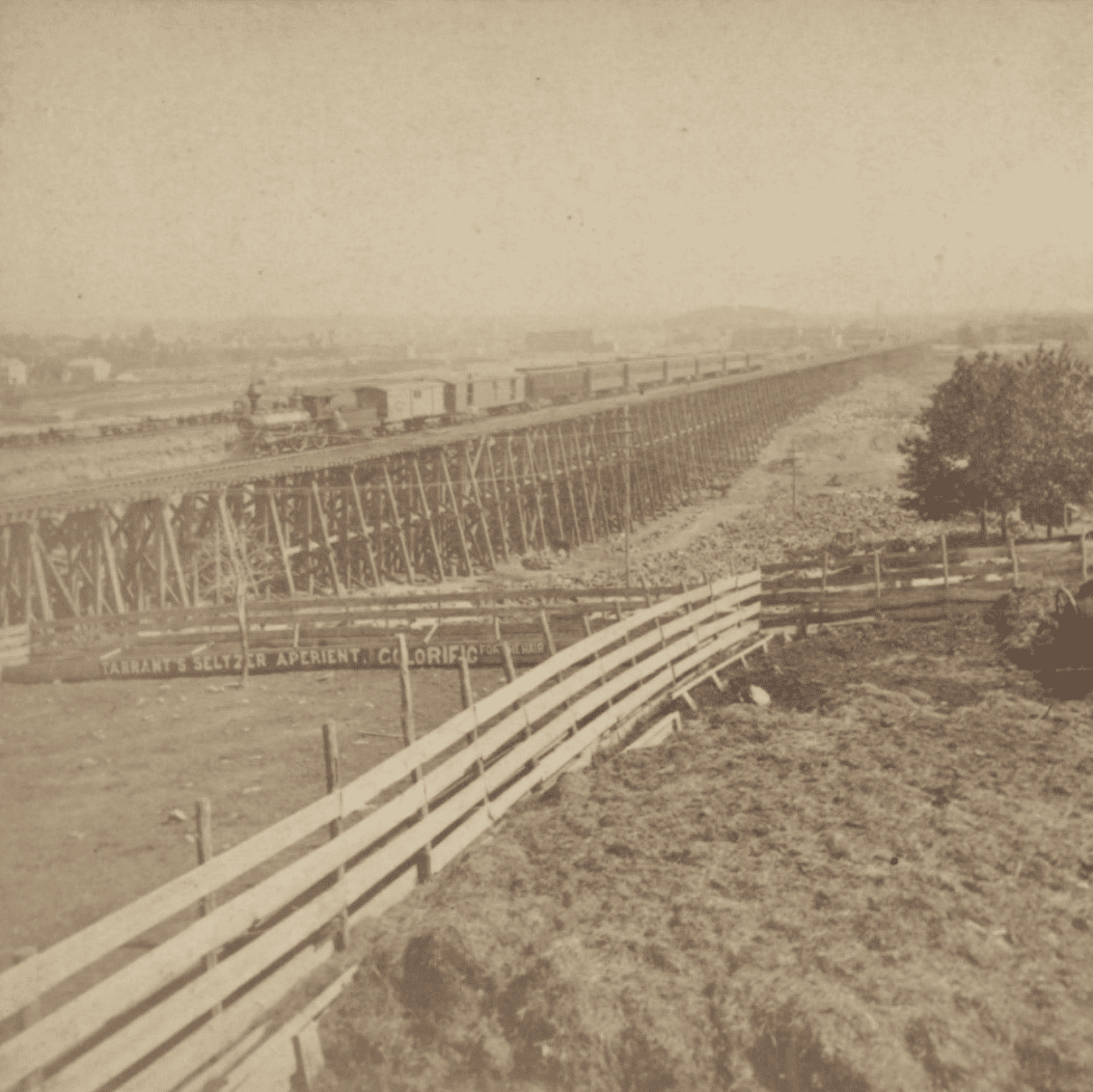In the 19th century, New York City developed very quickly. From the first half of the 19th century to the early 20th century alone, the population of the state increased from more than one million to as many as 11 million people. Rapid population growth required the emergence of a new way to move around the city and between cities. So in the 1830s, the government established to construct the first passenger railroad not only in New York but also in the United States. Learn more at new-york-future.
The history of the first passenger railroad construction

The government made the decision to construct the first passenger branch line of the railroad under the legislation of the state of New York in 1831. But even though the government initiated construction, all jobs were done at the expense of private individuals.
In the first half of the 19th century, such a passenger railroad was an actual revolutionary decision. No one ever tried to construct a railroad connection, specifically to transport people from a city to a city and other points.
The first passenger railroad line was going to be built up to the village of Harlem, which developers considered to be the first suburb of New York City.
The railroad to the village of Harlem was opened in several stages, and the trestle railroad lines appeared only after the Civil War.
New York’s first passenger railroad was modern and innovative. During its construction, wooden sleepers were not used, as they usually did, and instead, innovative ones made of solid stone were put under the rails in the 19th century.
The route of the first passenger railroad
In the 1930s, the passenger railroad line went from downtown New York to the north. It went through Bauer all the way to 4th Avenue. Then the railroad went through an island directly to the village of Harlem.
During the first passenger railroad line construction, the first underground tunnel in North America was excavated in New York. In the 1930s, due to the topography, engineers of a construction company believed that the locomotive would not have enough power to overcome all hills, so they decided to dig a tunnel. Another tunnel of the first passenger railroad was built on 4th Avenue.
In addition to many hills, the New York Passenger Railroad went through swampy terrain. To solve this problem, the construction company decided to build a bridge on very high piers – a viaduct.

The first passenger railroad in New York was completed in 1840. For eight years, the railroad was expanded and modernized. The last branch line of the New York Passenger Railroad went through the Harlem River in The Bronx and Winchester. The final terminus of the passenger railroad in 1840 was Chatham.
A new railroad connected the center of New York City with other points. Passengers moved via Broome Street and then they could reach Centre Street and even Park Row. The Astor House was the southernmost terminus of the passenger rail. There the locomotives made a circle and turned back.
The railroad became a very popular mode of transportation for local residents. In addition, the authorities opened resort areas and hotels along the passenger railroad line. It was an additional incentive for New Yorkers to travel and use passenger rail services. It had been functioning successfully for many decades until it was closed in the 1930s.


